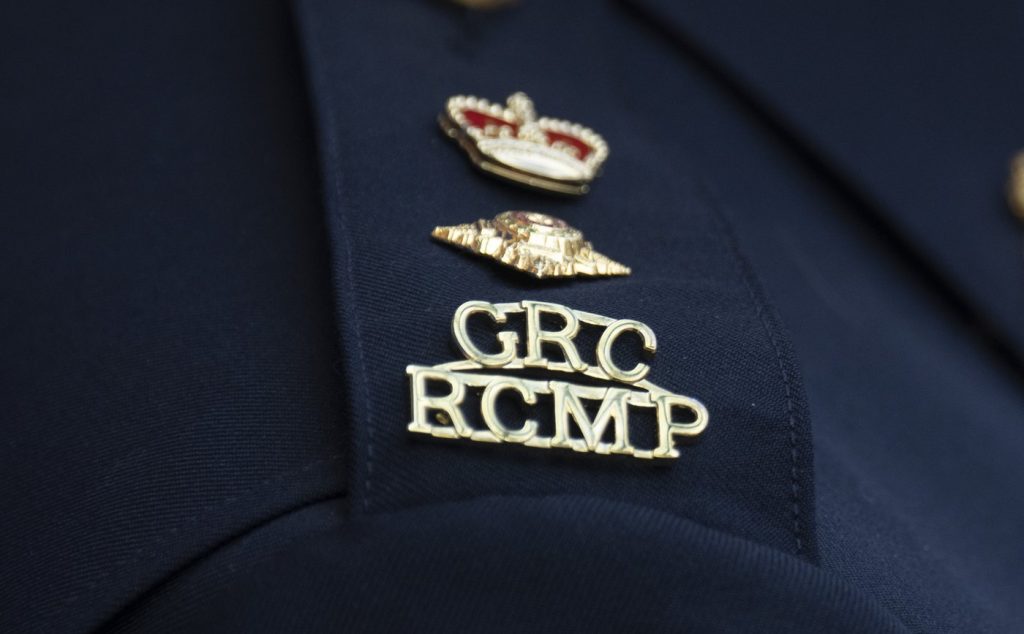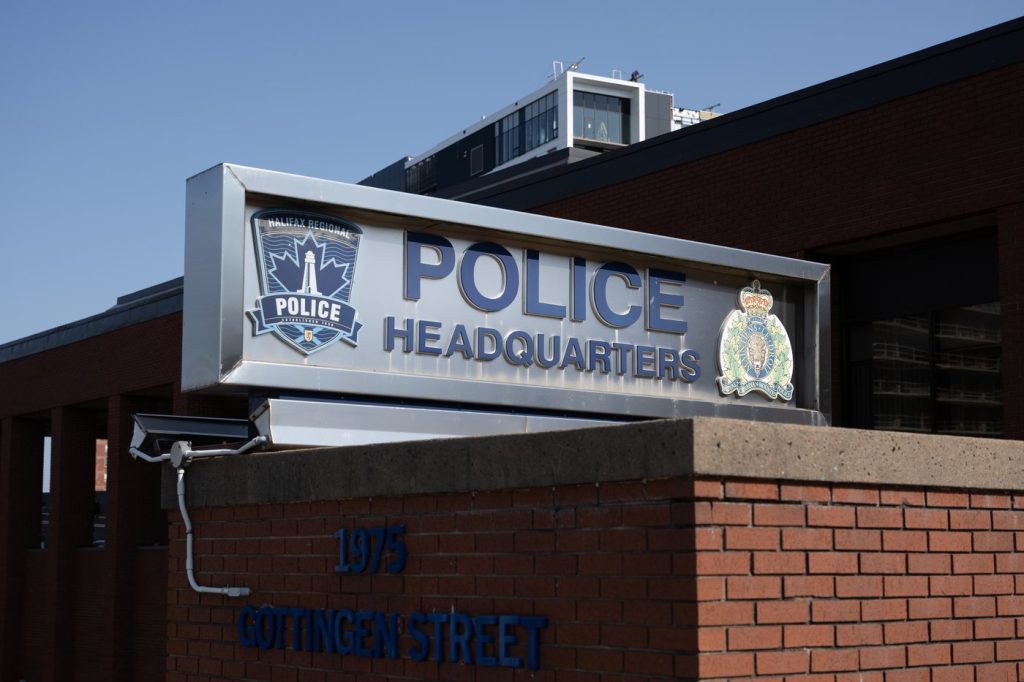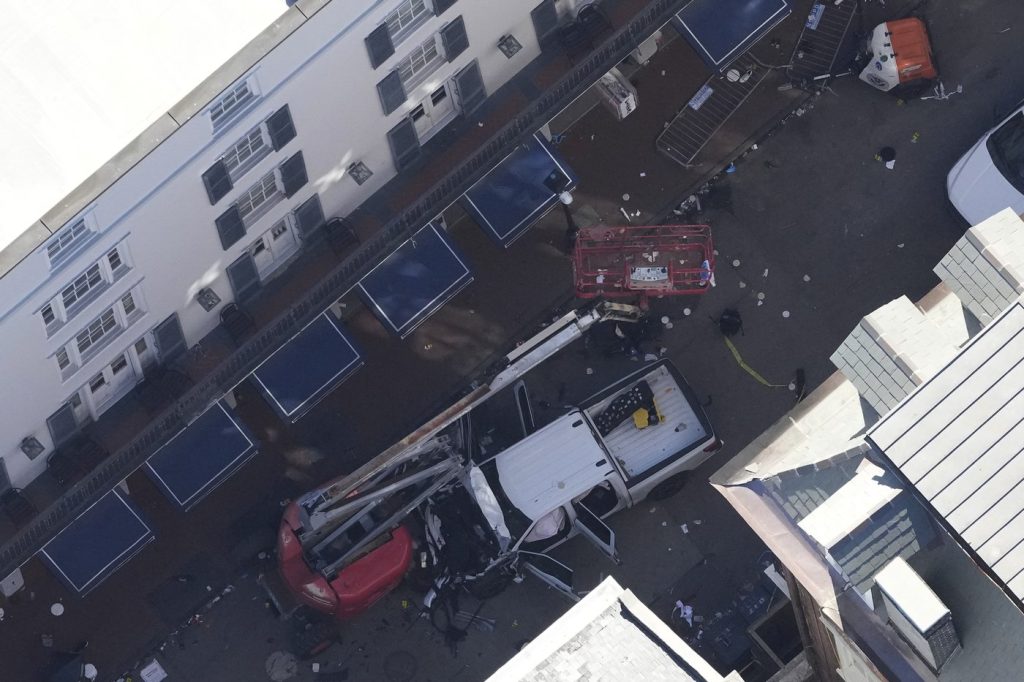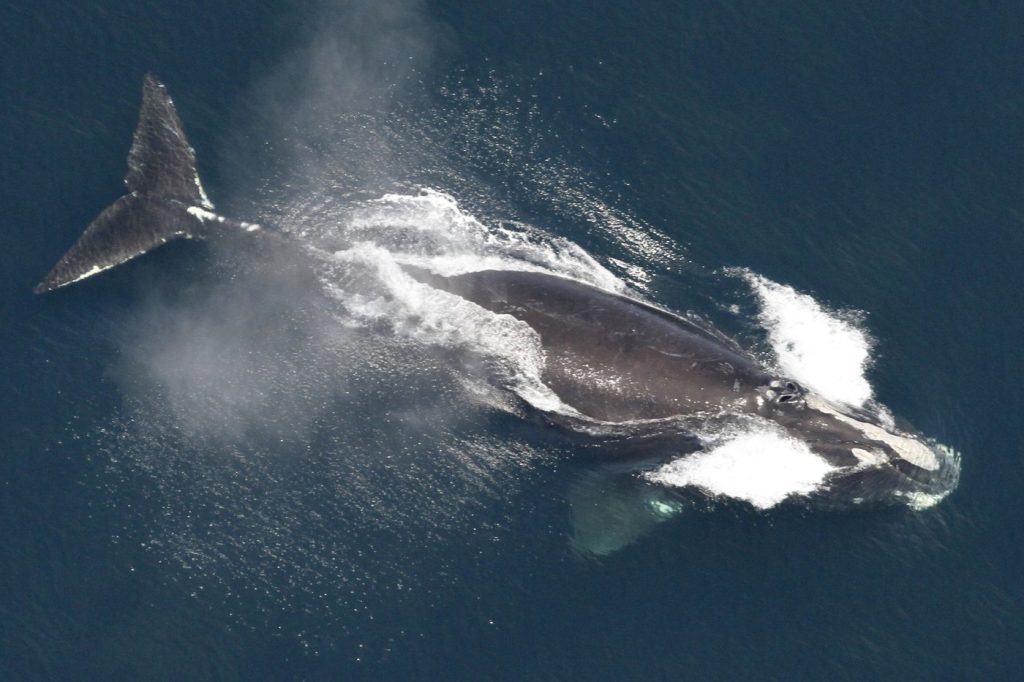Harold Brine was the last of 19 miners rescued after 1958 Nova Scotia mine disaster
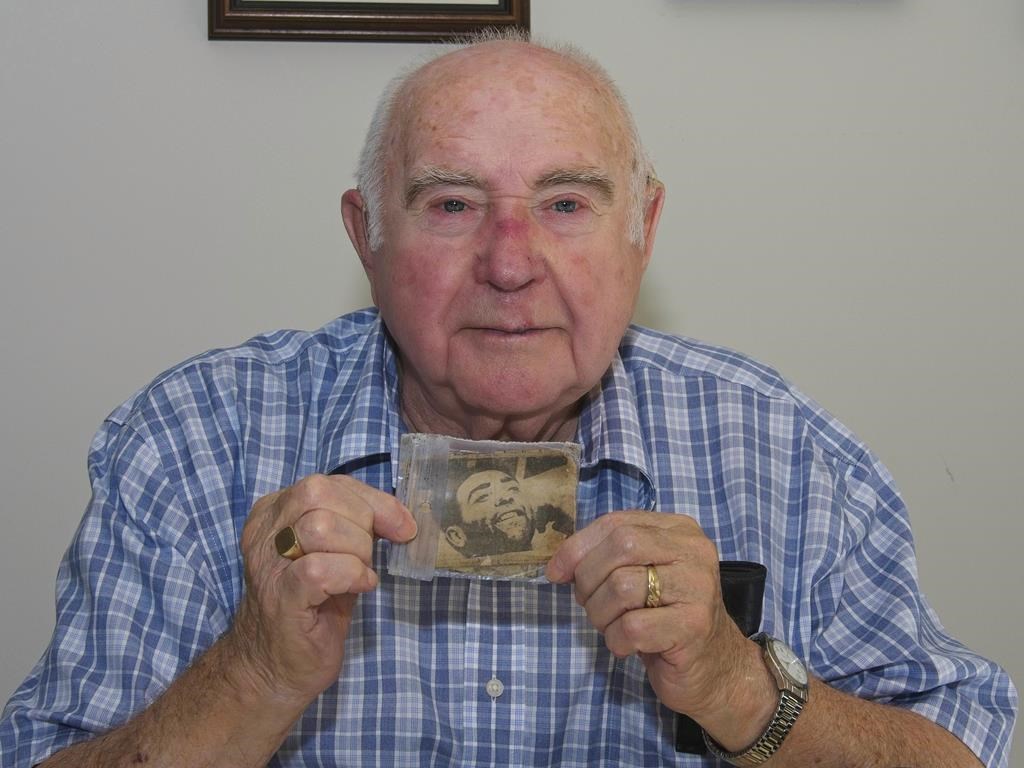
Posted Aug 1, 2023 08:01:12 PM.
HALIFAX — When Harold Brine realized he and 11 other men were trapped near the bottom of North America’s deepest coal mine, his thoughts turned to his two-year-old daughter, Bonnie.
“I was wondering if she would remember me if I didn’t get out … Would she remember me as a dad?” Brine said in a recent interview, recalling the night of Oct. 23, 1958, when the sloped shafts under Springhill, N.S., were jolted by a seismic shock wave. “I kept it to myself. I didn’t talk to the guys there. This is the stuff that goes through your mind.”
Brine died Friday at the age of 91. He was the last survivor among two groups of men who made international headlines when they were miraculously rescued several days after sections within the lowest levels of the mine clamped shut, killing 75 of the 174 miners working that night.
Born in Springhill, Brine left his job as an auto mechanic in 1951 to work in the mine. He was 19 years old. The dangerous, back-breaking job paid more, he said.
Five years later, on Nov. 1, 1956, Brine was on his way into town when the No. 4 mine was rocked by a coal-dust explosion that killed 39 men, including seven men at the surface. Brine said he saw a mushroom cloud above the pithead.
“I drove right down to the mine and one of the guys I knew was going across the yard and he was on fire,” Brine told The Canadian Press in an interview last month as he was receiving palliative care. “He was running, and one of the other guys caught him and got the fire out.”
Brine later entered the mine as a rescuer. In all, 88 men eventually emerged from the depths of the charred mine, 52 of them having survived by sealing themselves in a small chamber and inhaling compressed air from a tube used to run mining machinery.
Asked what impact that harrowing experience had on him, Brine said, “It didn’t bother me at all.”
The No. 4 mine was shut down, but the huge No. 2 mine kept operating. Its main shafts descended at an angle, extending about four kilometres to the bottom. Riding in small trolleys, it would take Brine and his colleagues about an hour to reach the eight-foot walls of coal that branched off from the main slope.
Less than two years later, Brine was 26 years old when he started his last shift in the mine at 3 p.m. He says he was working with three other men at the “13,000-foot wall” when there was a deafening boom as the lower reaches of the mine were shaken by a kind of earthquake at 8:06 p.m.
“I was up at the face, pulling some more coal down … and that’s when the bump hit,” he said. “It blew me off the coal face.”
Something hit him on the side of the head and split his ear open. As he regained his senses, he spotted two colleagues nearly buried in coal. Scrambling over fallen rock to escape, Brine spotted two dead men. “That’s as far as I could go,” he said, adding that another route was too dangerous because poisonous methane gas was seeping from ruptured coal seams.
At first, Brine gathered with the three other men in an area that was only four feet high. Others soon crept out of the gloom, a few of them badly injured. Eventually, there were 12 miners in the cramped cavern, their battery-powered headlamps good for 12 hours at the most.
“We made the decision that we couldn’t go anywhere,” Brine said. “We sat in a circle before the lights went out.”
They had no food and very little water. The precious liquid was rationed by filling a small pill bottle and passing it around. Despite their dire predicament, the miners remained calm. They passed the hours by sharing songs and prayers.
“Nobody got excited at all,” Brine said. “Some were seriously scared, but I didn’t know that until we came out.”
Brine said he was determined to see his wife and daughter again. “I was never afraid of being there. I don’t know why … No, I can’t recall being afraid.”
But there was an undeniable problem. As the hours turned into days, each of the men waged his own battle with dehydration.
“I said to some of the boys, ‘I don’t know about you guys, but I’m going to drink my own urine,'” Brine said. “I had an empty can. I would pee in the can and I would drink it. Some of the other guys did the same thing.”
At one point, some miners grew so desperate for water, they started peeling bark from supporting timbers, hoping to find some moisture. “But it was all dried out.”
Still, the trapped men could hear would-be rescuers digging.
“You could hear the sound travelling through the roof, through the coal,” Brine said, adding that the miners tried to attract attention by banging on a large, ruptured pipe used for compressed air. “You wondered how long it would take them to find us. How long is it going to be and how long can we survive?”
He’s not sure when it happened, but Brine recalled hearing distant voices through the pipe. And when the miners yelled back, there came a series of questions about how many men were trapped and injured. But all Brine and the others cared about was water. A small copper pipe, more than 24 metres long, was soon pushed through the larger pipe and the water flowed, followed by hot soup.
After six days in the dark, all 12 miners were taken to the surface on stretchers, their eyes covered with gauze to keep them from being blinded by the many flashbulbs that popped as photographers and journalists scrambled to tell the world about the incredible rescue.
Two days later, another seven miners were found alive in a nearby pocket of rock, their eight-day ordeal attracting more international attention.
Brine and his family left Springhill two months later. They settled in southern Ontario, where they lived until heart problems forced him to leave his job at a waste management company in the mid-1990s. Brine and his wife Murriel moved to Geary, N.B., in 1999.
Last week, Brine made the decision to die with medical assistance because he was in too much pain and breathing was difficult.
His daughter, Bonnie Cole, said the family spent Friday morning telling stories, laughing and crying. She said her father was a caring, humble man who made a courageous choice at the end of his life.
“He said all week that he felt privileged to make that choice.”
Brine’s cremated remains will be buried at the Mapleton Cemetery, near Springhill.
This report by The Canadian Press was first published Aug. 1, 2023.
Michael MacDonald, The Canadian Press
